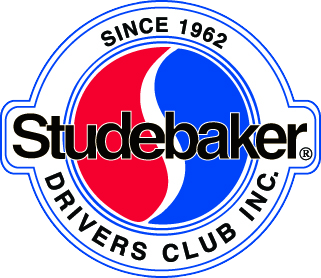Studebaker History
In 1852, the Studebaker brothers started building horse drawn buggies, carriages and wagons. Their wagons were a primary mode of transportation as the nation migrated westward. Studebaker carriages were used by several US Presidents.
In 1902, Studebaker started building electric automobiles, but soon went to gasoline power.
By 1915, Studebaker was building more than 45,000 cars annually. Wagon production also continued until 1919. In 1928, Studebaker acquired Pierce-Arrow. Unfortunately, by 1933 Studebaker had gone into temporary receivership, but was on the road to recovery in 1934. In 1939, Studebaker introduced the Champion, a new economy model designed by the soon to be famous Raymond Loewy studio.
During WWII, Studebaker produced trucks and radial engines for aircraft, including the B-17. After the war, automobile and truck production resumed with a vengeance. In 1950 and 51, Studebaker offered their famed bullet-nose design. In 1953, the incredible new “Lowey coupe” was introduced. Bob Bourke, a member of the Raymond Loewy team, is credited with the innovative new design. During the last half of the fabulous fifties, Studebaker introduced their family of Hawks, merged with Packard and in 1959, responded to the growing demand for a more compact family car with the Lark.
Studebaker once again turned the automotive design world upside down in 1963 with the unveiling of the Avanti. While the Avanti was universally acclaimed, Studebaker’s days as a US company were numbered. Production ceased at the long-time South Bend, Indiana plant in 1964, Studebaker production continued in Canada until 1966. The Avanti Motor Company continued to build the Avanti II in South Bend until 1987 where production moved to Youngstown, Ohio until 1991. Avanti motorcars were then produced in Villa Rica, Georgia from 2000 to 2005, then moved to Cancun, Mexico in 2006. Production of the Avanti ceased in March 2006.
The is just a brief overview of Studebaker. For more detailed Studebaker history, please visit the history resources listed in the menu at the right sidebar of this page. Plus, there are a number of good books available at most Studebaker parts vendors.
